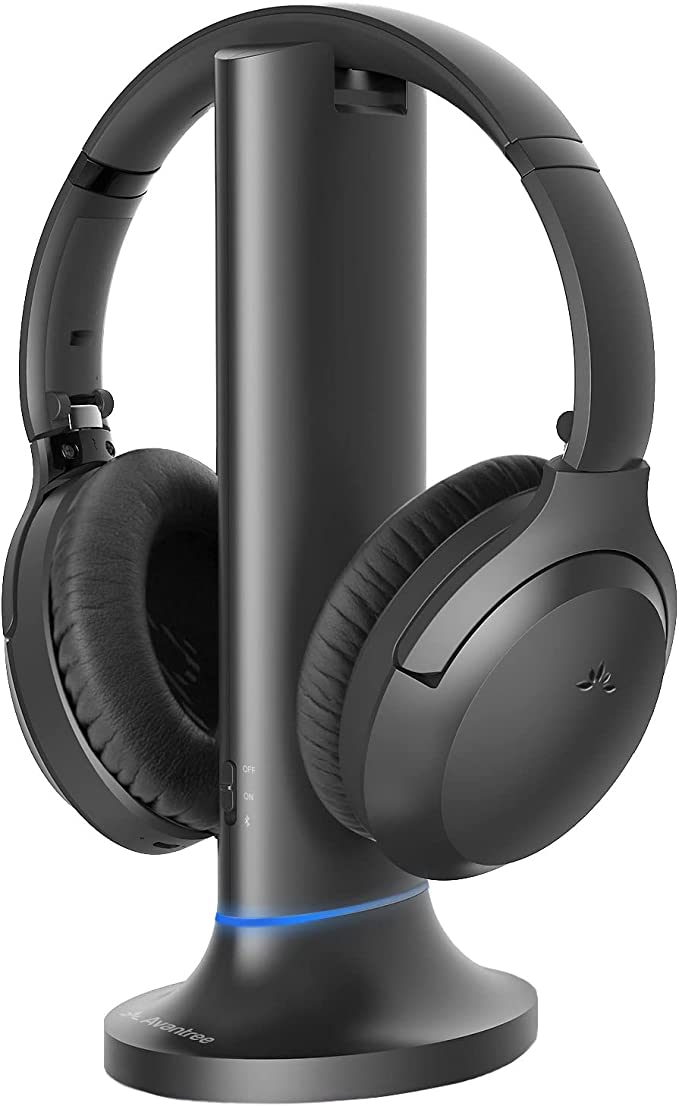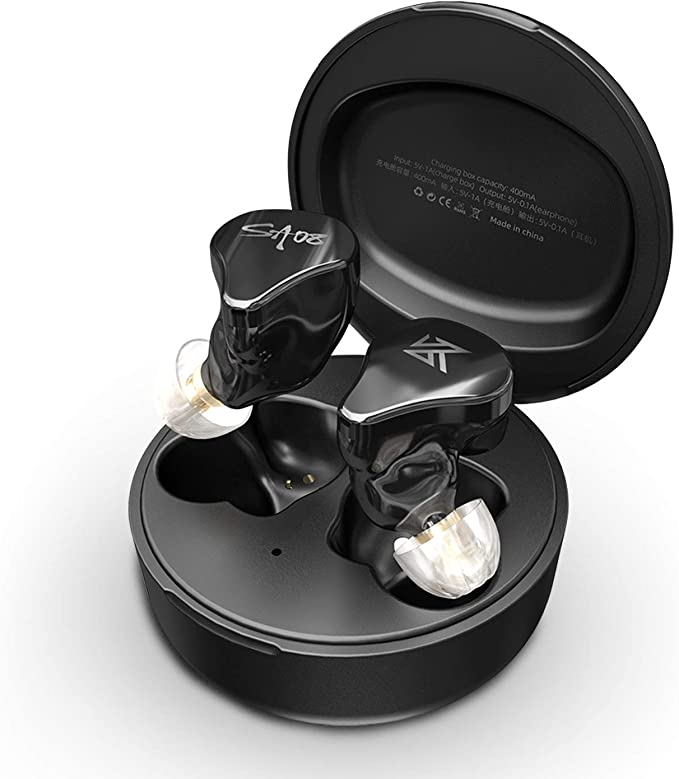Sonos Five - Experience High-Fidelity Wireless Audio
Update on March 15, 2025, 12:01 p.m.
Imagine you’re hosting a gathering. The conversation flows, the atmosphere is perfect, but something’s missing – the music. Your current speakers, while functional, lack the depth and richness to truly fill the space and energize the room. This is a common dilemma: the desire for high-fidelity sound often clashes with the complexity and clutter of traditional hi-fi systems. Enter the Sonos Five, a wireless speaker that bridges the gap between audiophile-grade sound and modern convenience.

Unveiling the Sonic Architecture
The Sonos Five isn’t just about wireless convenience; it’s about delivering an exceptional listening experience. This begins with its carefully engineered acoustic design.
The Power Trio: Woofers and Their Role: At the heart of the Sonos Five’s low-end prowess are three high-excursion woofers. “Excursion” refers to how far the speaker cone moves back and forth. A high-excursion woofer can displace a larger volume of air, resulting in deeper, more impactful bass. Think of it like the difference between a gentle breeze and a powerful gust of wind – the more air that’s moved, the greater the force you feel. These aren’t just any woofers; they’re custom-designed to deliver low frequencies with both power and precision, avoiding the “boomy” or muddy sound that plagues many smaller speakers.
Crafting the Soundstage: Tweeter Placement and Dispersion: But bass is only one part of the sonic equation. The Sonos Five also incorporates three precisely angled tweeters. Two of these tweeters are positioned on the sides, firing outwards. This creates a wider soundstage, making the music feel less like it’s coming from a single point source and more like it’s enveloping you. The center tweeter focuses on delivering crystal-clear vocals and ensuring that the central elements of the stereo image are anchored firmly in place. This carefully calibrated arrangement takes advantage of the principle of sound wave interference. When sound waves from different sources meet, they interact. If the waves are “in phase” (their peaks and troughs align), they reinforce each other, creating a louder sound (constructive interference). If they’re “out of phase,” they can cancel each other out (destructive interference). The Sonos Five’s driver placement and internal processing cleverly utilize these interference patterns to create a spacious and immersive listening experience.
The Silent Enclosure: Eliminating Unwanted Vibrations: The Sonos Five’s enclosure isn’t just a pretty box; it’s a crucial part of its acoustic design. It’s a sealed architecture, meaning there are no ports or openings. Many speakers use ports to enhance bass response, but these ports can also introduce unwanted “port noise” – a chuffing or whooshing sound – especially at higher volumes. The sealed design of the Sonos Five eliminates this issue, resulting in cleaner, tighter bass. Furthermore, the robust, polycarbonate construction minimizes cabinet resonance. Resonance occurs when the speaker cabinet itself vibrates at certain frequencies, adding unwanted coloration to the sound. By minimizing resonance, the Sonos Five ensures that you’re hearing the music, and only the music.
The Wireless Advantage: Beyond Bluetooth
While Bluetooth is convenient for portable speakers, it has limitations when it comes to high-fidelity audio. Bluetooth uses compression to transmit audio wirelessly, which can degrade sound quality. The Sonos Five, on the other hand, utilizes Wi-Fi for its primary wireless connection.
Wi-Fi vs. Bluetooth: A Deeper Dive: Wi-Fi offers significantly higher bandwidth than Bluetooth. Think of bandwidth as the width of a pipe – the wider the pipe, the more water (or in this case, audio data) can flow through it. This greater bandwidth allows the Sonos Five to stream uncompressed, high-resolution audio files, preserving all the nuances and details of the original recording. Wi-Fi also typically has a longer range and is less susceptible to interference than Bluetooth, resulting in a more stable and reliable connection. The Sonos Five supports modern Wi-Fi standards (802.11n/ac), ensuring robust performance even in busy network environments.
Sonos’s Wireless Mastery: Ensuring Seamless Synchronization: One of the biggest challenges in multi-room audio is synchronization. If speakers aren’t perfectly in sync, you’ll hear annoying echoes and delays. Sonos has developed sophisticated algorithms to address this issue. The Sonos system creates a dedicated wireless mesh network, and the speakers constantly communicate with each other to maintain precise timing. This ensures that the music plays in perfect harmony across all your Sonos speakers, regardless of their location in your home.
NFC Taps: Simplifying Connections: The inclusion of NFC (Near Field Communication) technology streamlines the initial setup process. By simply tapping an NFC-enabled smartphone or tablet to the Sonos Five, you can quickly establish a connection and add the speaker to your Sonos system. This eliminates the need for complex manual pairing procedures, making it incredibly user-friendly.
AirPlay 2: Seamless Integration with Apple Devices: For users in the Apple ecosystem, the Sonos Five offers seamless integration with AirPlay 2. This allows you to stream audio directly from your iPhone, iPad, or Mac to the Sonos Five, without even needing to open the Sonos app. AirPlay 2 also supports multi-room audio, so you can easily stream to multiple AirPlay 2-compatible speakers simultaneously.

Trueplay: Tailoring Sound to Your Space
Every room is acoustically unique. The size, shape, furnishings, and even the materials used in the walls and floors can all affect how sound waves travel and reflect. This is where Sonos’s Trueplay technology comes into play.
The Science of Room Acoustics: Sound waves don’t just travel directly from the speaker to your ears. They bounce off walls, ceilings, floors, and furniture. These reflections can either enhance or detract from the sound quality. For example, a room with lots of hard surfaces (like bare walls and tile floors) will tend to sound brighter and more reverberant, while a room with lots of soft surfaces (like carpets and curtains) will sound warmer and more dampened.
Trueplay Explained: Step-by-Step: Trueplay uses the microphone on your iOS device (or the built-in microphones on some newer Sonos products) to measure how sound reflects within your room. The Sonos app guides you through the process, prompting you to move around the room while the speaker emits a series of test tones. These aren’t just random noises; they’re carefully designed sequences that cover a wide range of frequencies. As you move, the microphone captures how these tones are altered by the room’s acoustics. The app then analyzes this data and creates a custom acoustic profile for your specific space.
Beyond Calibration: The Adaptive Nature of Trueplay: It’s important to understand that Trueplay isn’t just a one-time calibration. It’s adaptive. If you rearrange your furniture, add a rug, or even move the Sonos Five to a different location within the room, you can re-run Trueplay to ensure that the sound remains optimized. This is a significant advantage over traditional hi-fi systems, where achieving optimal sound often requires careful speaker placement and potentially expensive room treatments. Trueplay puts the power of acoustic optimization in your hands, making it easy to achieve great sound in any environment. The Trueplay is unavailable on Android devices, which limits its reach. However, most newer Sonos products come with built-in microphones that can be used for Trueplay.
The Heart of the System: Digital Signal Processing (DSP)
While the physical design of the Sonos Five is crucial, much of its sonic magic happens behind the scenes, thanks to digital signal processing (DSP).
What is DSP?: In simple terms, DSP is like a highly sophisticated equalizer and audio processor. It takes the digital audio signal and manipulates it in various ways to optimize the sound quality. This can include adjusting the frequency balance (making the bass deeper, the treble brighter, etc.), correcting for imperfections in the speaker drivers, and implementing advanced features like Trueplay.
DSP in the Sonos Five: Shaping the Sound: The DSP in the Sonos Five performs several critical functions. First, it acts as a crossover, dividing the audio signal into different frequency ranges and sending them to the appropriate drivers (woofers for low frequencies, tweeters for high frequencies). This ensures that each driver is only handling the frequencies it’s best suited for, resulting in cleaner, more accurate sound. The DSP also applies equalization (EQ) to fine-tune the frequency response, compensating for any inherent limitations of the drivers or enclosure. And, of course, it’s the engine that powers Trueplay, applying the custom acoustic profile to the audio signal in real-time. All of this happens digitally, with incredible precision, allowing for a level of sonic control that would be impossible with traditional analog circuitry.
The Multi-Room Symphony: Expanding Your Audio Landscape
Beyond a Single Speaker:
The Sonos Five is more than just a standalone speaker; it’s part of a larger ecosystem that allows you to create a seamless, multi-room audio experience.
Creating a Stereo Pair: Unleashing True Stereo Separation: While a single Sonos Five delivers an impressive soundstage, pairing two Sonos Fives together unlocks true stereo separation. In this configuration, one speaker acts as the left channel and the other as the right channel, creating a more realistic and immersive listening experience. You’ll hear instruments and vocals positioned accurately across the soundstage, just as they were intended in the original recording.
Whole-Home Audio: Seamless Synchronization and Control: The real power of the Sonos system lies in its multi-room capabilities. You can add multiple Sonos speakers throughout your home, and they’ll all play in perfect synchronization. Imagine hosting a party where the music flows seamlessly from the living room to the kitchen to the patio. Or, you can choose to play different music in different rooms, all controlled from the Sonos app. This level of flexibility and control is a hallmark of the Sonos experience. The synchronization is achieved through sophisticated algorithms that compensate for any network latency, ensuring that all speakers play in perfect time, with no noticeable echoes or delays.

Connecting to the Past and Future: Versatility and Expandability
Analog connectivity: While the Sonos Five is primarily a wireless speaker, it also caters to those who cherish their analog audio sources. The inclusion of a 3.5mm line-in jack allows you to connect a turntable (with a phono preamp), CD player, or any other device with an analog output. This versatility ensures that you can enjoy your entire music collection, regardless of format.
Sonos Ecosystem: The Sonos Five is a gateway to the broader Sonos ecosystem. You can seamlessly integrate it with other Sonos products, such as soundbars, subwoofers, and architectural speakers, to create a customized home audio system that perfectly suits your needs.
Conclusion: The Evolution of Home Audio
The Sonos Five represents a significant step forward in the evolution of home audio. It seamlessly blends high-fidelity sound, wireless convenience, and intelligent features like Trueplay and multi-room synchronization. It’s a testament to how far audio technology has come, offering an immersive and enjoyable listening experience that’s both powerful and easy to use. While it sits at the higher end of the price spectrum, the Sonos Five delivers a level of performance and versatility that justifies the investment for serious music lovers. It’s not just a speaker; it’s a gateway to a world of rich, detailed sound, seamlessly integrated into your modern lifestyle.





















































